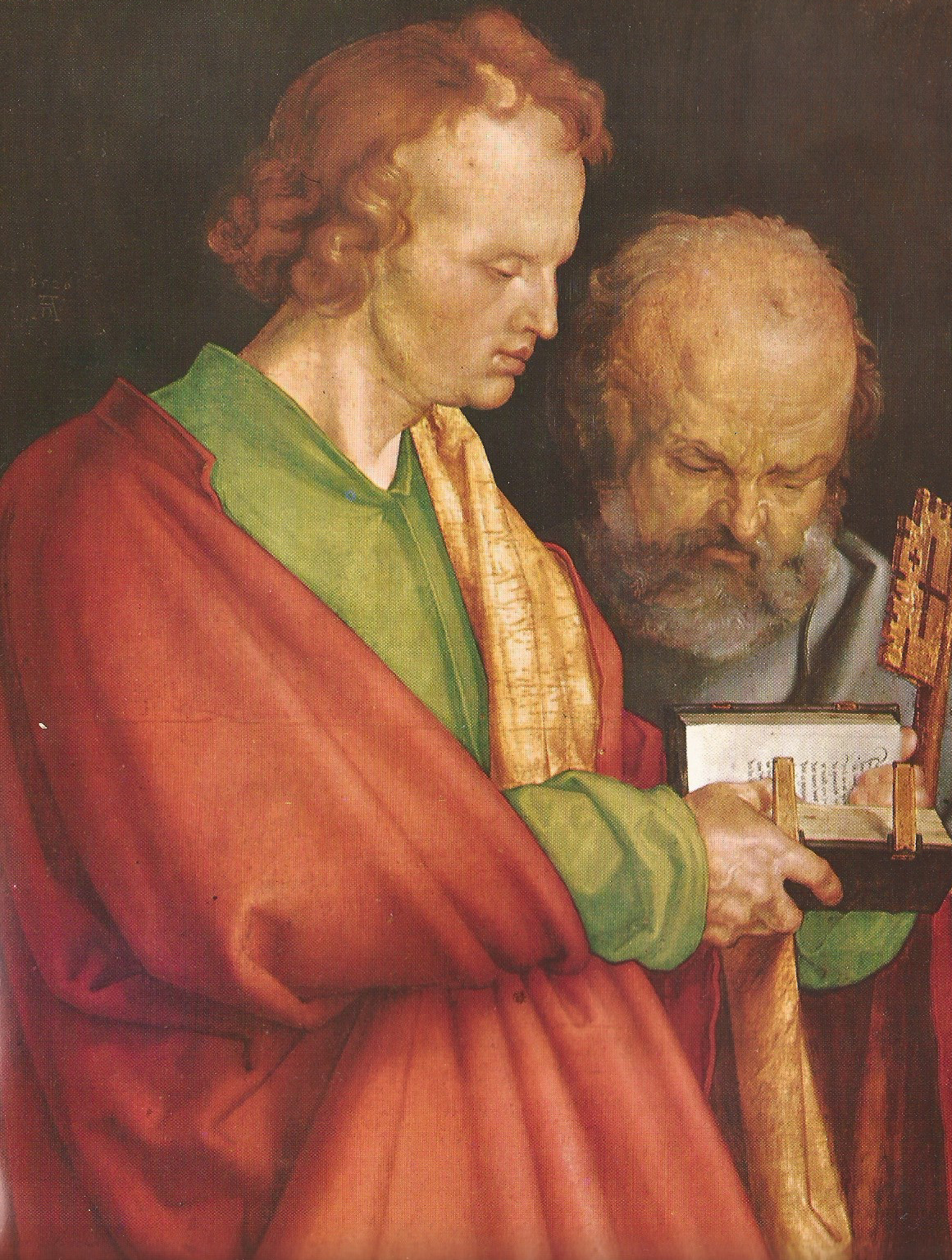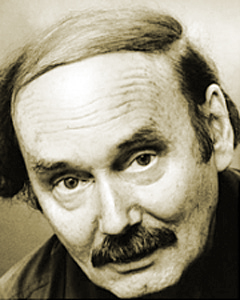Julian presiding at a conference of Sectarians
(Edward Armitage, 1875)
VII
I arrived at Piraeus, the port of Athens, shortly after sunrise 5 August 355. I remember every one of the forty-seven days I spent in Athens. They were the happiest of my life, so far.
It was a windy dawn. In the east, light tore at the dark. Stars faded. The sea was rough. It was like the morning of the world. The ship creaked and shuddered as it struck against the pilings of the quay. I had half expected to see a detachment of troops waiting on the shore, ready to arrest me on some new charge. But there were no troops in sight, only foreign merchant ships and the usual bustle of a busy port. Slaves unloaded cargoes. Officials of the port moved solemnly from ship to ship. Men with carts and donkeys shouted to those just arrived, promising to get them to Athens faster than that youth who ran from Marathon to the city in four hours (and fell dead, one would like to retort, but irony is lost on drivers, even Greek drivers who know their Homer).
Barefoot students in shabby clothes moved in packs from ship to ship, trying to sign up newcomers for lectures. Each student was a proselytizer for his own teacher. There was a good deal of rancour as each of these youths went about trying to convince would-be students (known as “foxes”) that there was but one teacher in Athens worth listening to: his own. Fights often broke out between the factions. Even as I watched, two students actually manhandled a stranger; each grabbed an arm, and while one insisted that he attend the lectures of a certain Sophist, the other shouted that the Sophist was a fool and that only the wisdom of his teacher, a Cynic, was worth a student’s time. Between them, they nearly tore the poor man in half. Nor would they let him go until he finally made it clear to them in broken Greek that he was an Egyptian cotton dealer and not at all interested in philosophy. Luckily, they did not get as far as my ship; so I was spared their attentions.
Usually when a member of the imperial family travels by sea, the dragon of our house flies at the mast. But since I was technically under “house arrest”, I was in no way identified to the people, which was just as well. I wanted to be free in Athens, to wander unnoticed wherever I chose. But unfortunately a dozen soldiers had been assigned to me as permanent bodyguard (they were, in effect, my jailers) and their commanding officer was responsible for my safety. I felt some obligation to him, though not much.
I made a bold decision. While the servants were busy with the luggage and the men who guarded me were all gathered on the forward deck of the ship in sleepy conference with the officials of the port, I scribbled a note to my head jailer, telling him that I would meet him at the end of the day at the prefect’s house. I left the note on one of our travelling chests. Then, student’s cloak securely wrapped about me, I swung over the side of the ship and dropped unobserved on to the wharf.
It took a moment to become accustomed to the steadiness of earth. I am not a bad sailor but the monotony of a long voyage and the continual slap and fall of a ship at sea tire me. I am of earth, not water; air, not fire. I engaged a cart and driver after considerable haggling (I was able to bring the driver’s cost down to half what he asked: good but not marvellous). Then I climbed into the little cart. Half standing, half sitting on the cart rail, I was borne over the rutted road to Athens.
The sun rose in a cloudless sky. Attic clarity is not just metaphor; it is fact. The sky’s blue was painful. One felt one could see straight to the farthest edge of the world if the mountain Hymettus, low and violet in the early light, had not blocked the view. The heat with each instant became more intense, but it was the dry heat of the desert, made pleasant by a soft wind from the sea.
My first reaction was delight at anonymity. No one stared at me. No one knew who I was. I looked a typical student with my beard and plain cloak. There were dozens like me. Some were in carts, most were on foot; all of them moving towards the same goal: Athens and the knowledge of the true.
On every side of me carts rattled and creaked, their drivers cursing and their contents, human or animal, complaining. The Athenian Greek is a lively fellow, though one looks in vain from face to face for a glimpse of Pericles or Alcibiades. As a race, they are much changed. They are no longer noble. They have been too often enslaved, and their blood mixed with that of barbarians. Yet I do not find them as sly and effeminate as certain Latin writers affect to. I think that the Old Roman tendency to look down on the Greeks is no more than a natural resentment of Greece’s continuing superiority in those things which are important: philosophy and art.
All that is good in Rome today was Greek. I find Cicero disingenuous when on one page he acknowledges his debt to Plato and then on the next speaks with contempt of the Greek character. He seems unaware of his own contradictions… doubtless because they were a commonplace in his society. Of course the Romans pretend they are children of Troy, but that nonsense was never taken too seriously. From time to time I have had a word or two to say about Roman character, not much of it flattering (my little work on the Caesars, though written much too quickly, has some point, I think). But then one must recall that even as I dictate these lines as Roman Emperor, I am really Greek. And I have been to Athens, the eye of Greece.






